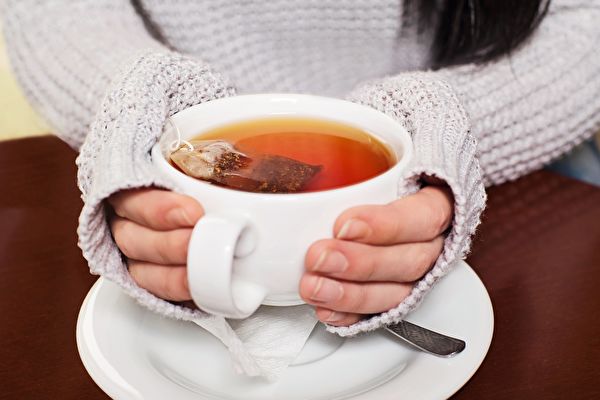Many people love drinking tea and pay attention to the taste of tea and the way it is brewed. According to experts, making tea without a key step can result in an imperfect flavor.
In a report by the British newspaper “Daily Mirror,” the British, known for their love of tea, consume over 100 million cups of tea each day. It’s no wonder that the British pay great attention to their tea preferences and brewing methods, including how long to steep tea bags, whether to add sugar or milk first, and how much sugar or milk to add.
Tea expert Jake McMullon pointed out that many people overlook a crucial aspect when brewing tea, leading to an imperfect cup. The little-known secret he revealed is that when steeping tea bags, it’s essential to cover the teacup or teapot lid.
This professional tea connoisseur explained, “This helps retain more heat, maintains a consistent temperature, allowing the tea leaves to unfurl and release their flavor.”
Some experts suggest that for a better taste, gently stirring the tea bag while steeping can enhance the flavor.
McMullon also mentioned the ideal steeping time for tea bags. For black tea, he recommends steeping for 4 minutes to achieve the perfect flavor.
While some may think black tea should steep longer, McMullon noted that steeping for too long can result in unpleasant bitterness and astringency.
McMullon emphasized that the water temperature has a significant impact on the tea’s flavor profile. The optimal water temperature for brewing tea typically ranges between 95 to 98 degrees Celsius.
Regarding the debate on which type of milk to add to tea, McMullon suggested that whole or semi-skimmed milk are excellent choices as they add a layer of creaminess to the tea, making it smoother and richer in taste.
He explained that skimmed or low-fat milk may be too watery and fail to provide the desired creamy texture, and they may not balance the bitterness of tannins.
If you use alternatives like soy milk in your tea instead of milk, such as soy milk, you may find that your tea might “split.” McMullon recommended heating the soy milk first to prevent this from happening.
While the contents within the teacup are important, the choice of teacup for brewing is equally essential.
McMullon noted, “Selecting the right type of mug to conduct heat efficiently and retain heat without affecting the flavor is crucial in brewing a good cup of tea. Glass and porcelain are both smooth and non-porous, ensuring they do not impact the tea’s flavor.”
As for whether to pour tea or milk first when brewing tea, another expert in the UK provided insight.
Previously reported by Dajiyuan, Tim Bond, a tea expert and chemist from the Tea Advisory Panel in the UK, advised against pouring milk first as it may diminish the health benefits from tea. Bond suggested adding milk after the tea is brewed.
The health benefits Bond mentioned include the presence of flavonoids in tea, specifically quercetin-3-rhamnoside, a plant flavonoid compound that promotes heart metabolism, aiding heart health.

